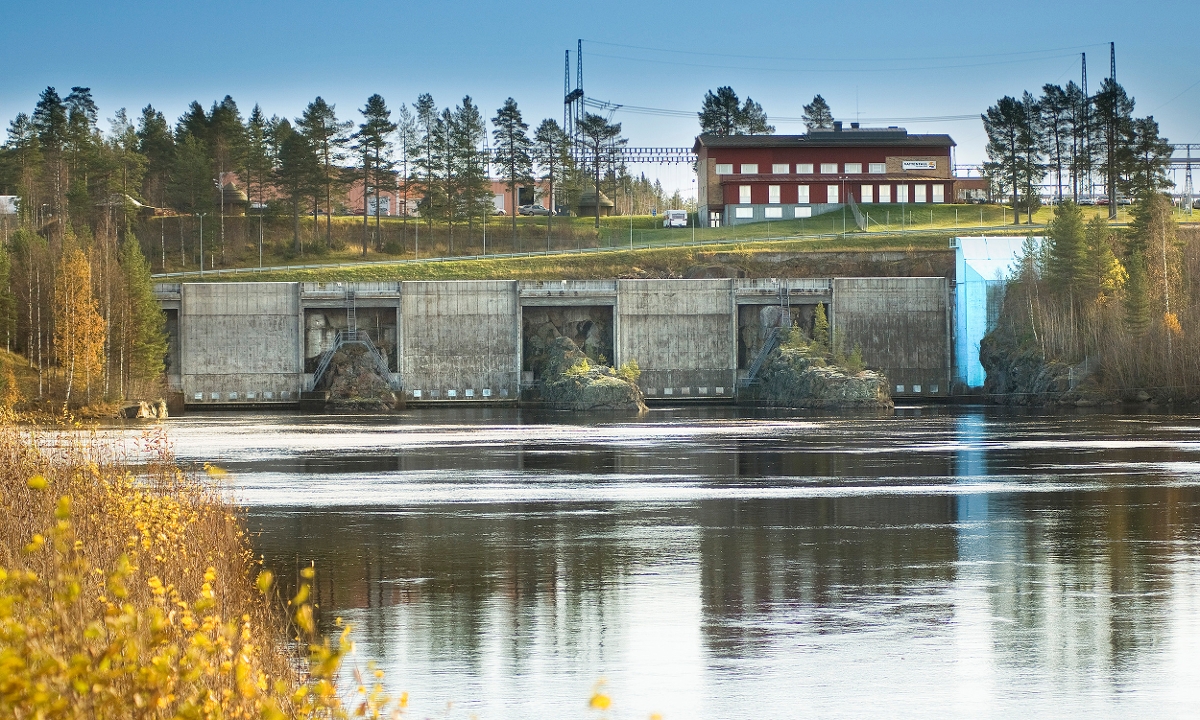Stornorrfors
Facts
Water information

In 2007, Vattenfall began work on improving the safety of Norrforsdammen, the dam which is adjacent to the power plant. The project included the construction of a new spillway and raising the dam crest. The investment was part of Vattenfall’s objective of improving the safety of its hydro power plants to enable them to cope with what is known as a 10,000 year flood, an event which is likely to occur only once every 10,000 years and which causes extremely high water levels.
In 2017 and 2018, Vattenfall continued its safety improvement work on the regulating dam, the Tvärödammen and Tvärådammen dams, and the main dam at Stornorrfors. This included repairing erosion protection, levelling out the dam crest and new dam reinforcements.
Fish protection
As part of the construction work in 2007, a fish ladder was built at Stornorrfors. Measuring 300 metres in length, the ladder enables smolt, or young fish, to move downstream and reach the Baltic Sea, where they can grow and thrive. The facility to move smolt downstream was the first of its kind in Europe when it was built.
In Sweden, energy companies operating hydro power plants must maintain fish farms to compensate for spawning grounds destroyed by river regulation.
One of Vattenfall's largest fish-breeding facilities is located in Norrfors, close to the Stornorrfors power plant. Every year, Vattenfall releases 80,000 salmon smolt, 20,000 sea trout and 20,000 grayling. In collaboration with the Vindelälven Fish Council and the Swedish University of Agricultural Sciences, Vattenfall also analyses how the passage of fish past Stornorrfors can be improved. Furthermore, the fundamental biological and ecological conditions of the river are continuously analysed.

